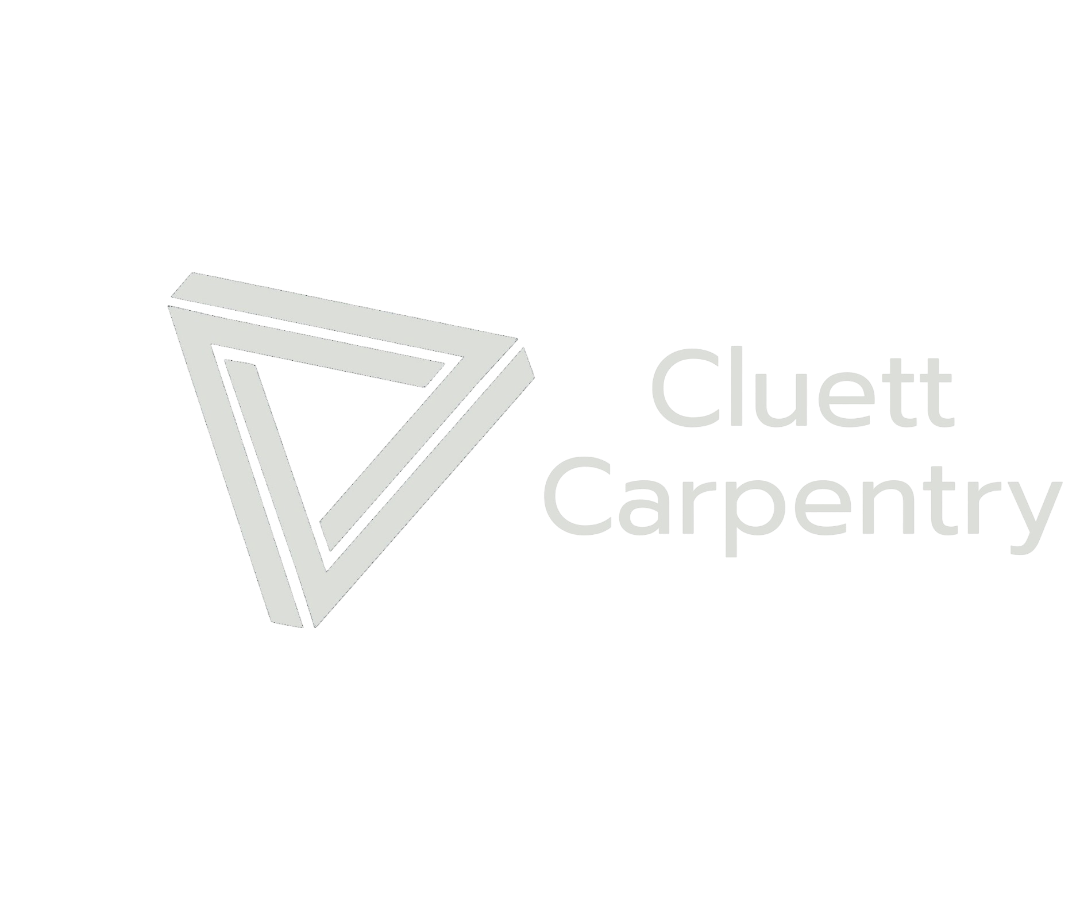What Wood – Oak – On this week’s “What Wood” I am going to talk about oak. I think that my feelings around oak may be a little controversial, but let’s go ahead anyway. That’s not to say I don’t love using it, and the offcuts are great for the smoker or BBQ
Oak is probably the first wood people think of when they think about hardwoods. It is a traditional material for buildings and furniture in the UK and is tightly tied in with our national identity. We think of timber framed buildings, where oak was the go-to wood up until around the mid 17th century, when imported timber became the norm and large softwood beams changed our traditional architecture. It is widely used in furniture and flooring as both solid and veneer.
I like if for all of these, though I have not had the chance to do any timber framed building work! When it comes to external joinery, things like doors, windows, cratch frames and wheelhouses, I am not such a fan. It is durable, but it pales in comparison by the side of something like Iroko and is twice the price. It also requires a lot more maintenance if you want to keep it looking “new”. Oak will pale to grey when left exposed to sun and rain, which, while attractive, may not be the look people are going for.
It makes a nice roof box, and a coat of oil every year will keep it looking okay, but for major external joinery projects I would turn to other timbers. Inside, oak is almost ubiquitous. Where it isn’t being used for its own sake, it is being stained to look like other hardwoods. Oak veneered ply and MDF are two of the most commonly available veneered wood sheet materials and are a key element to many furniture projects.
Grain is an important consideration in oak. The difference between crown cut and quarter sawn (I will cover this in another article) is stark in both appearance and mechanical function. It is available in long “clean” sections, though not to the extent of woods like sapele, and it takes a paint, varnish or stain with relish. It’s a beautiful timber and has a lot going for it, but it isn’t always the right wood to use.
Pros
- Machines well
- Stains/varnishes/paints well
- Attractive grain pattern
- Widely available as solid stock and veneer products
- Can be sourced more locally than some timbers (typically sourced in UK or Europe)
Cons
- Relatively expensive
- Crown cut oak is not so mechanically stable
- Greys quickly when exposed
- harder to maintain

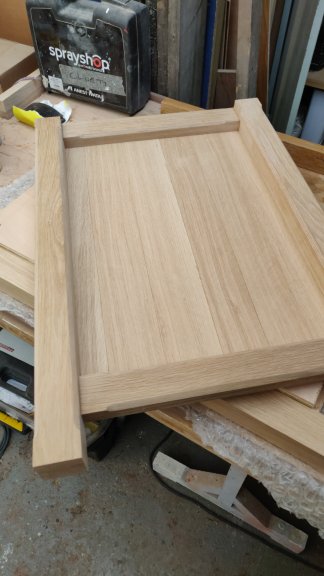
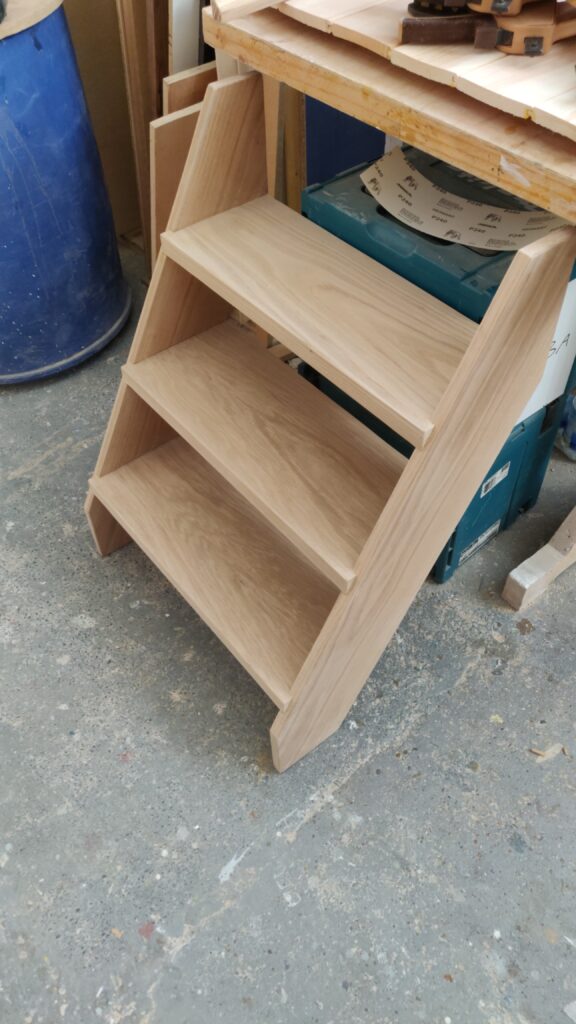
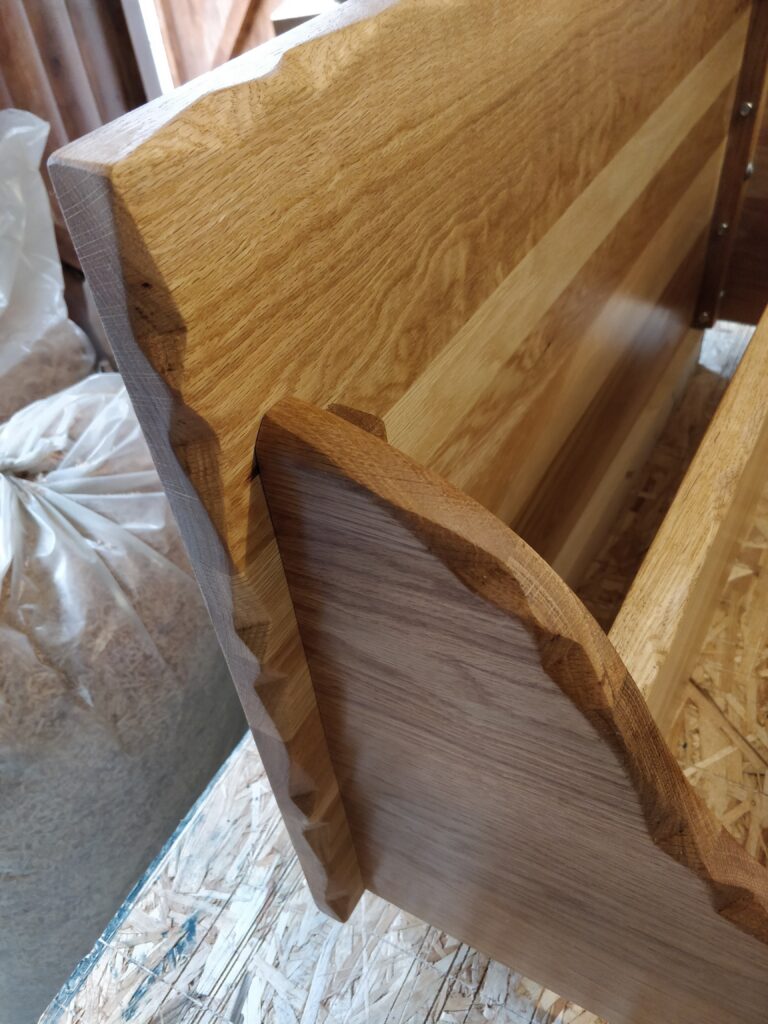
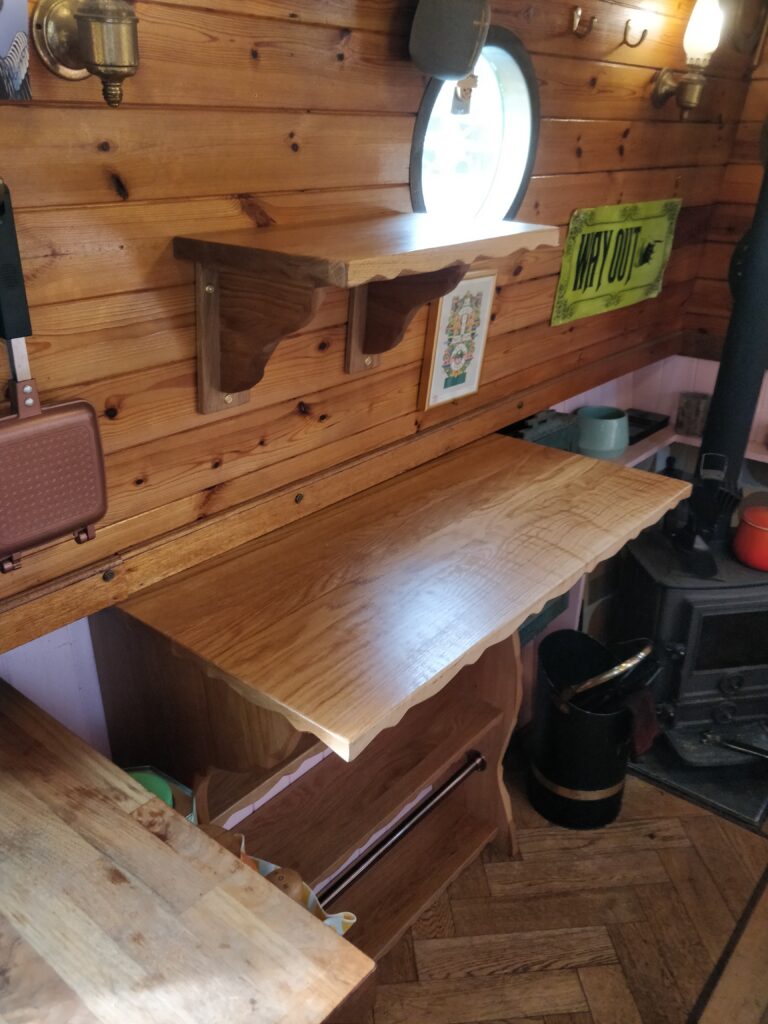
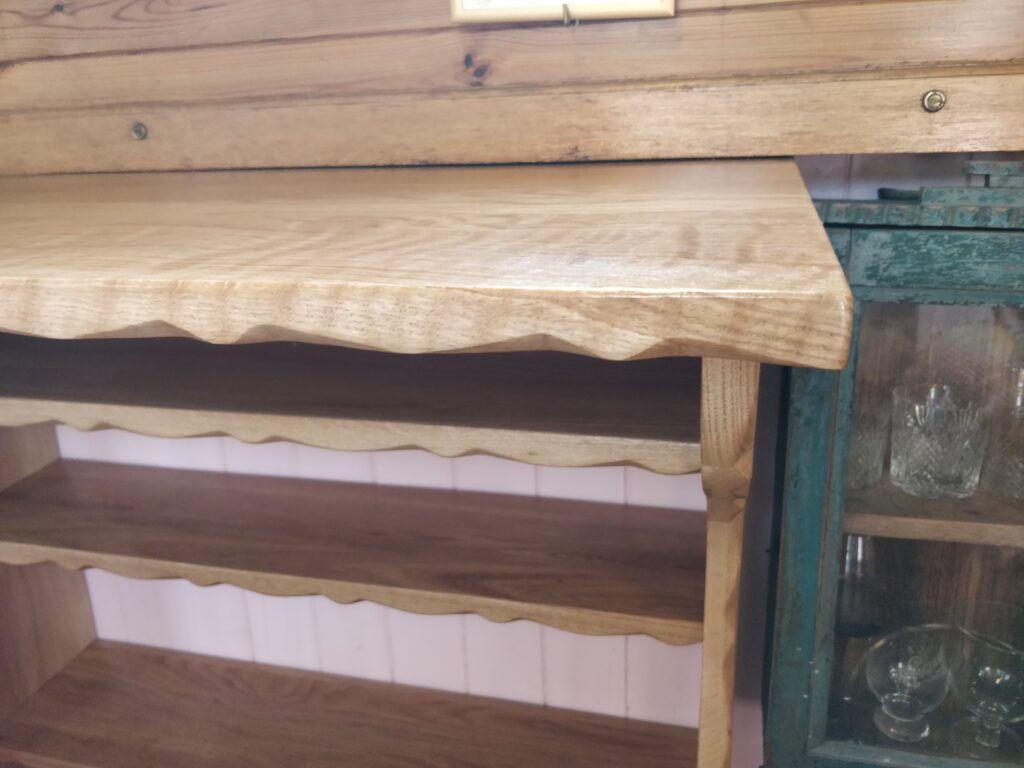
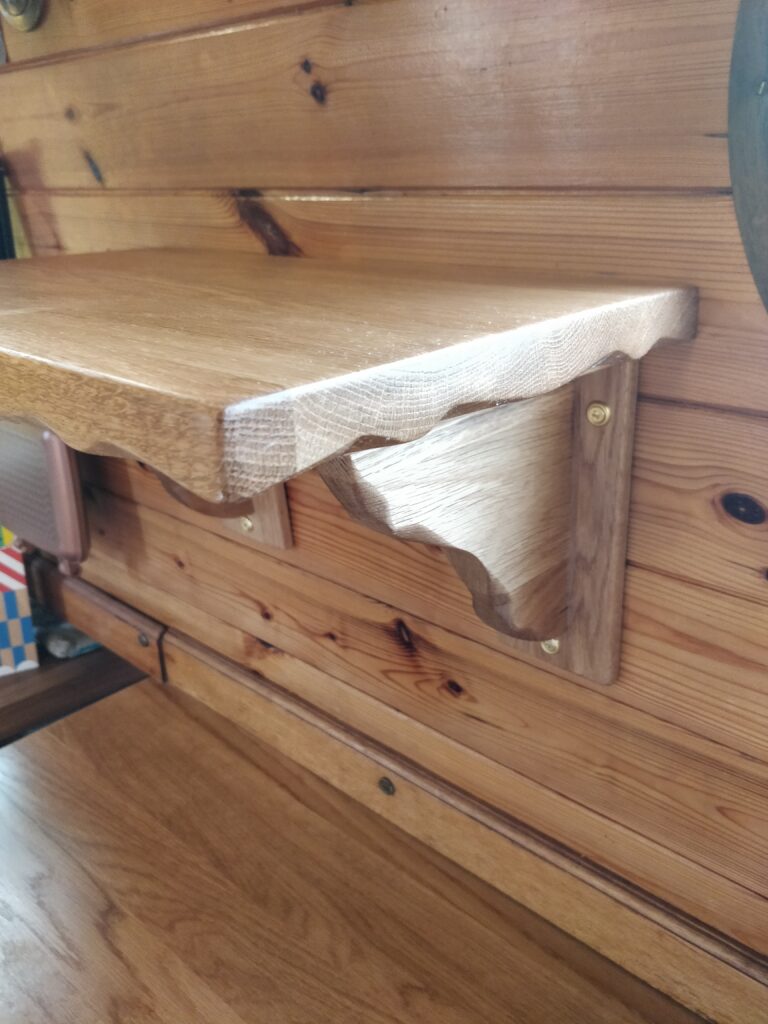
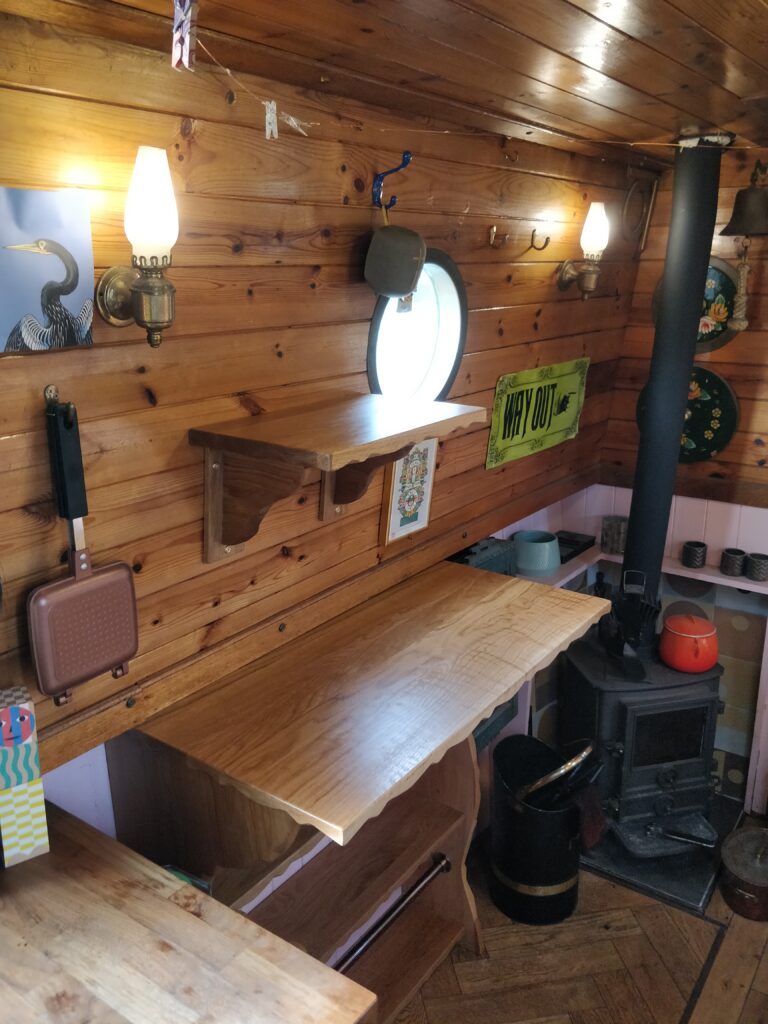
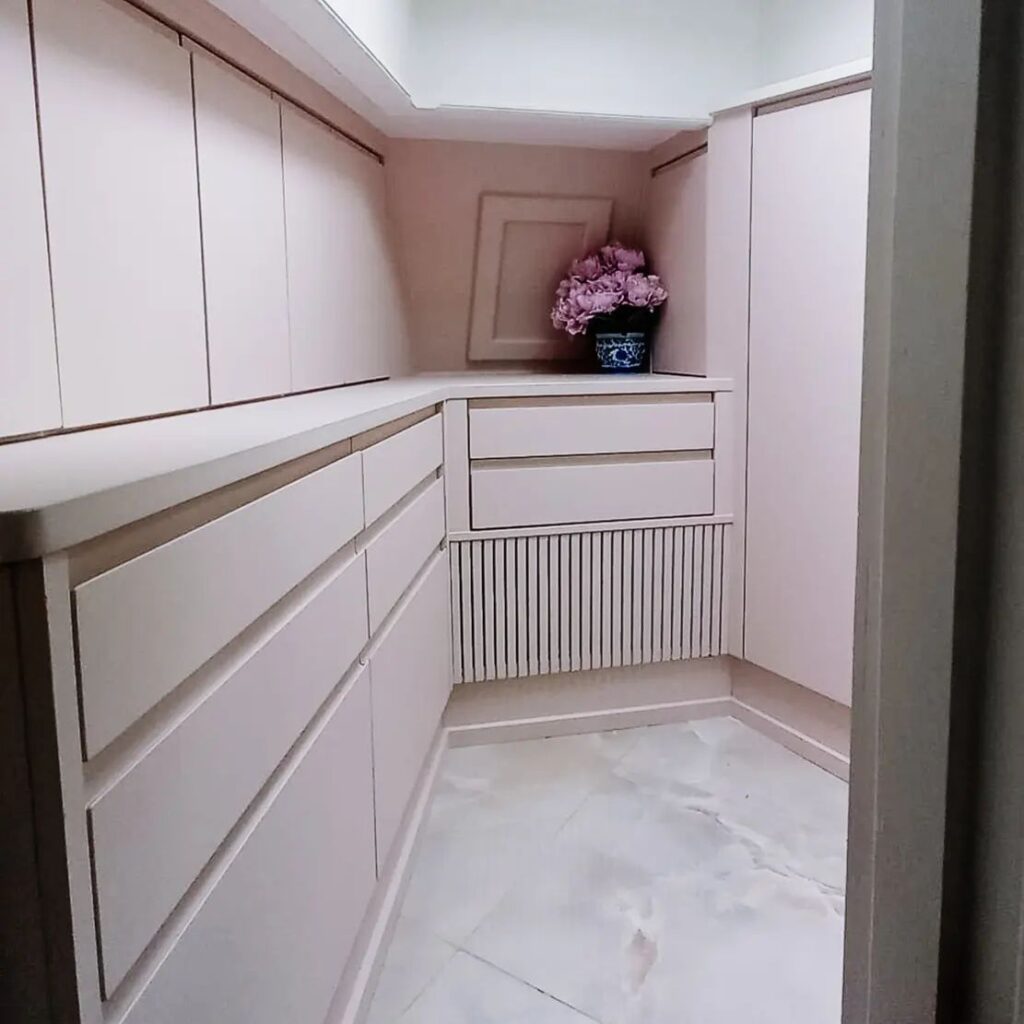
Enjoy more reading in these articles.
- K is for Kitchens – What you need to Know
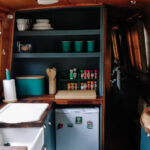
- Important Update on Bespoke Orders at Cluett Carpentry

- The Breaks Are On, the bunting is down – Find out More Now

- Black Friday Early Access Sale Update – Find Out More

- B is for Bedrooms! A tantalizing look at the challenge.
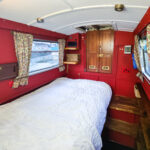
- Get Ready for Tempting Epic Savings: Our Black Friday Early Access Sale is Here! 🎉

